Did you know that nearly 66% of American households own a dog? The bond between humans and their canine guardians is built on loyalty, courage, and instinct.
Guard dogs aren’t just companions—they are natural protectors. Bred over centuries, most protective dog breeds have developed sharp awareness and unwavering dedication to their families. Their instincts make them invaluable defenders in uncertain times.
Guard breeds possess superior territorial intelligence. They don’t just react—they assess, decide, and act with precision.
From homes to service roles, their presence brings comfort and confidence. A well-trained guard dog stands as both a deterrent and a trusted partner.
These remarkable breeds prove one truth: real guardians don’t just bark—they stand tall when tested.
Common Guard Dog Breeds that Stand Tall When Tested
1. German Shepherd
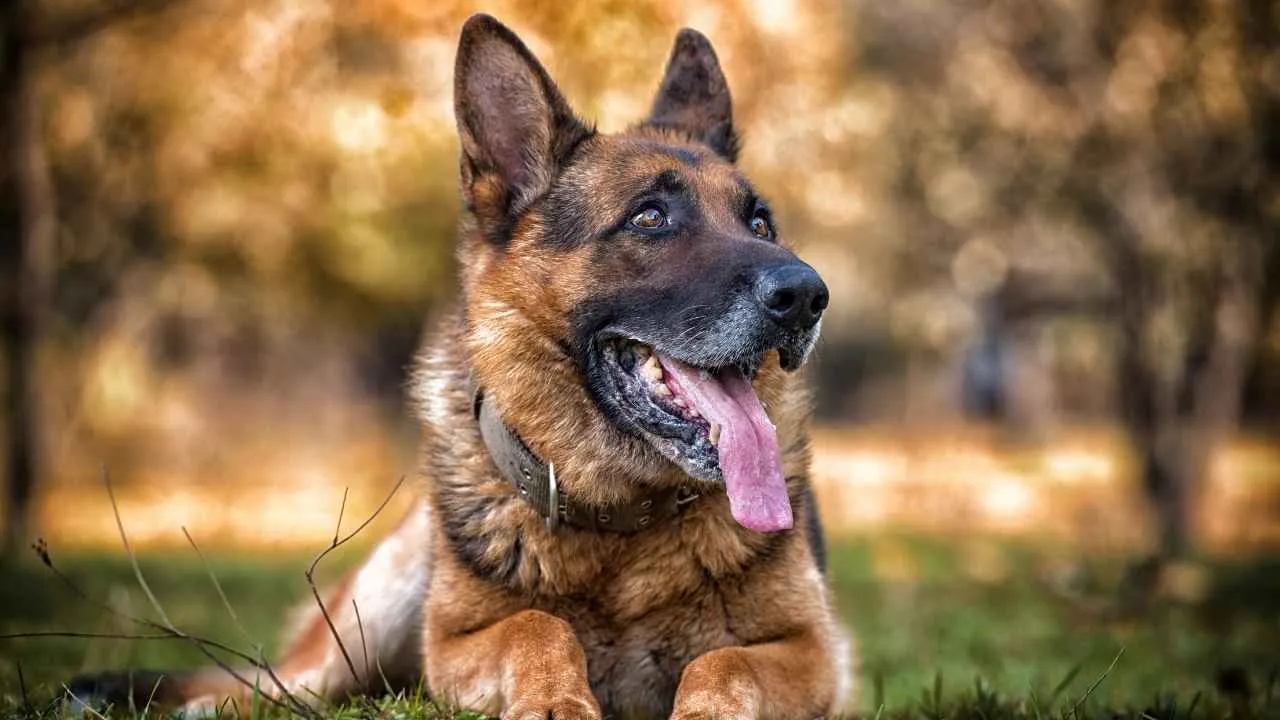
Renowned for their balanced temperament and tactical awareness, German Shepherds assess threats with calm precision before acting.
They are known for their ability to read human behavior and react strategically—never impulsively. This makes them one of the most reliable guard dog breeds for protection and service.

Their training requires consistency, mental stimulation, and purposeful work. German Shepherds thrive when challenged with tasks that engage both body and mind. Early socialization ensures they distinguish between real danger and everyday encounters.
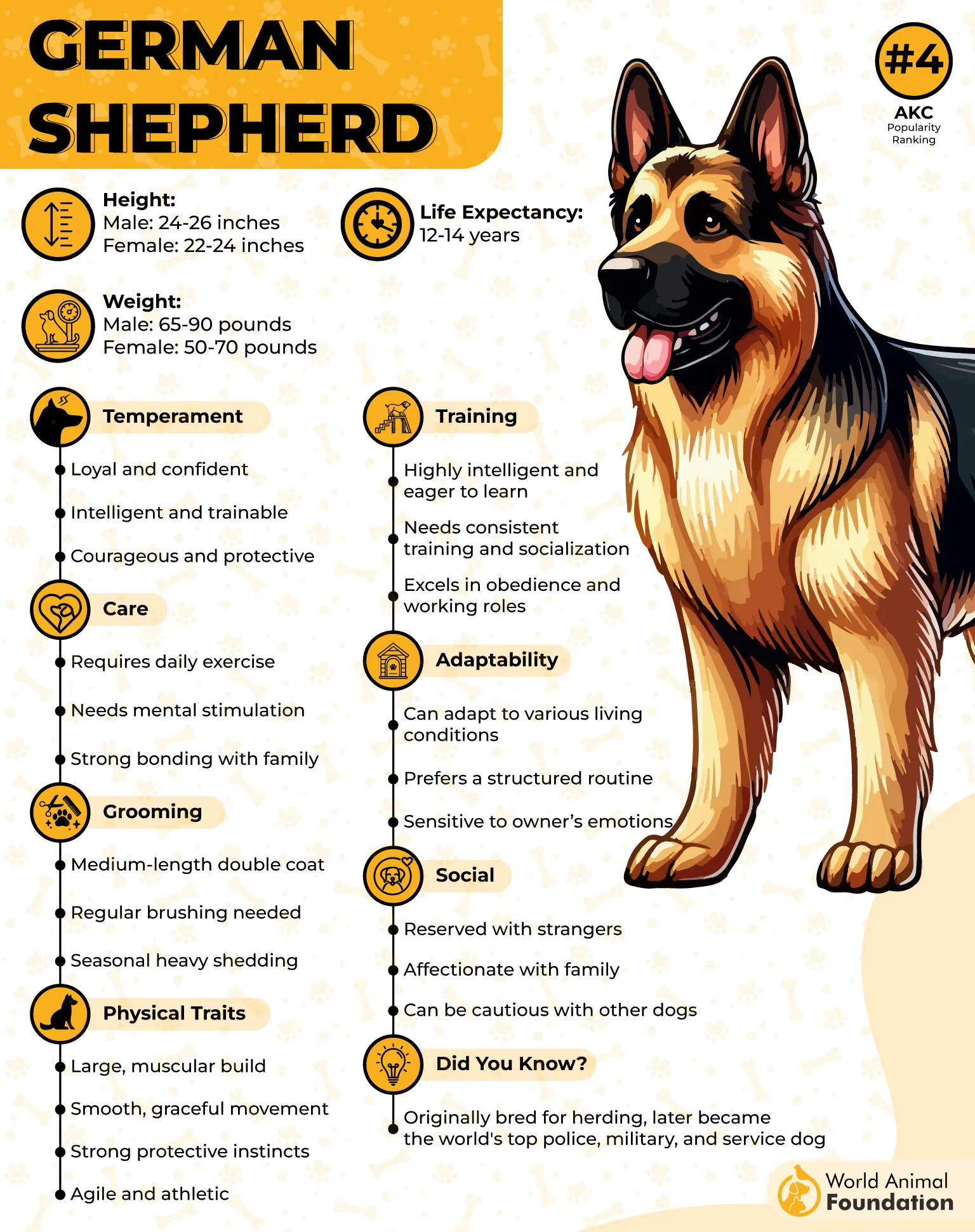
Strength: Powerful, muscular frame built for endurance
Intelligence: Among the top three most intelligent breeds (Stanley Coren, The Intelligence of Dogs)
Loyalty: Deeply bonded with their handlers
Protective Instincts: Natural guardians with controlled assertiveness
Fun Fact: The first guide dog in history, Buddy, was a German Shepherd—setting the standard for canine intelligence and service worldwide.
2. Doberman Pinscher

Doberman Pinschers are the definition of alert efficiency. Their quick decision-making and laser focus allow them to assess threats in seconds. In tense situations, they act with purpose—using agility and precision rather than brute force.
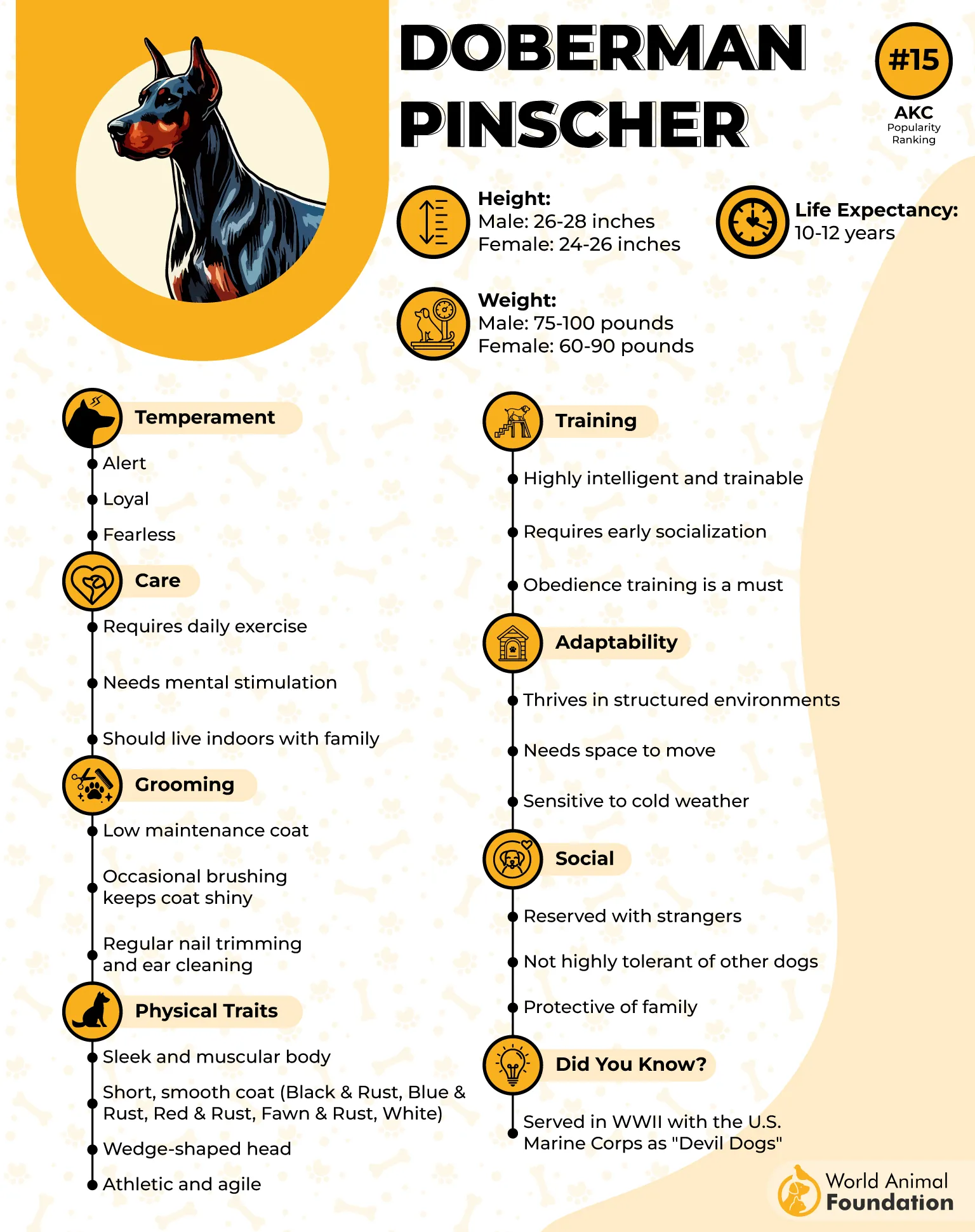
Training a Doberman means harnessing its energy into discipline and confidence. They respond best to firm yet respectful guidance and benefit from advanced obedience work and protection drills. A confident trainer brings out their full potential.
Strength: Lean, athletic, and lightning-fast
Intelligence: Exceptionally responsive to complex commands
Loyalty: Fiercely devoted to their family unit
Protective Instincts: Wary of strangers yet calm around loved ones
Fun Fact: Purina notes that the breed was originally developed by a German tax collector, Louis Dobermann, who needed a fearless yet controllable protector on his routes.
3. Rottweiler

The Rottweiler is methodical when assessing threats—patient, observant, and composed until provoked. Once it senses danger, it moves with decisive confidence, blending raw power with tactical restraint. This measured behavior makes it an outstanding family protector.
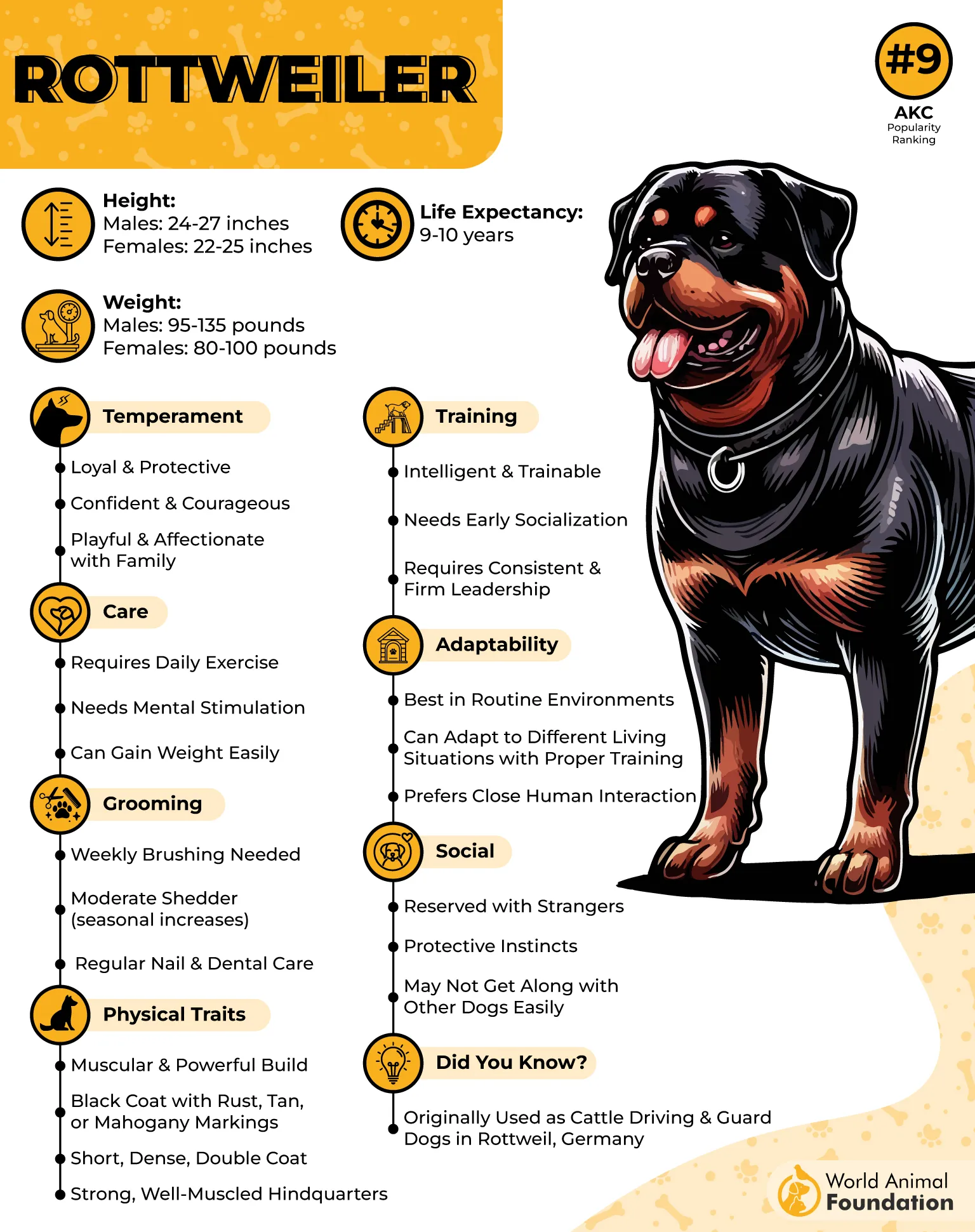
AKC suggests that Rottweilers need structured training that emphasizes leadership and social balance. Their intelligence allows them to excel in obedience, search and rescue, and protection sports. Positive reinforcement helps channel their dominance into disciplined service.
Strength: Compact, muscular, and immensely powerful
Intelligence: Quick learner with natural problem-solving skills
Loyalty: Deep emotional attachment to family
Protective Instincts: Naturally territorial and confident
Fun Fact: Ancient Roman armies used early Rottweiler ancestors as herding and guard dogs to protect livestock and soldiers on long marches.
4. Bullmastiff

The Bullmastiff operates with silent confidence. Rather than barking, it observes and reacts when truly necessary, tackling intruders with controlled strength. This breed relies on instinctive judgment and unyielding composure under pressure.

Training should focus on reinforcing boundaries and consistent commands from an early age. Despite their imposing presence, Bullmastiffs respond best to positive, patient training—firm but never harsh.
Strength: Imposing physique capable of pinning threats
Intelligence: Calm and calculated decision-maker
Loyalty: Deeply affectionate and devoted to family
Protective Instincts: Naturally courageous, rarely aggressive
Fun Fact: Known as the “Gamekeeper’s Night Dog,” Bullmastiffs were bred in 19th-century England to quietly apprehend poachers without harming them.
5. Belgian Malinois

Sharp, strategic, and almost telepathically aware, the Belgian Malinois doesn’t just respond to commands—it anticipates them. Used by military and police worldwide, it reads body language and surroundings before making any move, ensuring calculated precision in protection work.

This breed thrives under consistent structure and mental challenge. Training must include agility, tracking, and scent work to satisfy its high drive. A bored Malinois can easily outsmart inexperienced handlers.
Strength: Agile with explosive power
Intelligence: Exceptional working focus and memory
Loyalty: Single-handler devotion, thrives on partnership
Protective Instincts: Naturally alert, never complacent
Fun Fact: The Belgian Malinois was part of the Navy SEAL team that helped capture Osama bin Laden—showcasing its bravery and elite-level training capacity.
6. Akita

The Akita relies on intuition more than noise. It silently watches, measures intent, and defends decisively when provoked. Its calm confidence and independence make it a loyal yet discerning protector.
Akitas require early socialization and firm, respectful training. They prefer working one-on-one, developing mutual trust with their owner. Consistency and patience are key to nurturing their noble temperament.
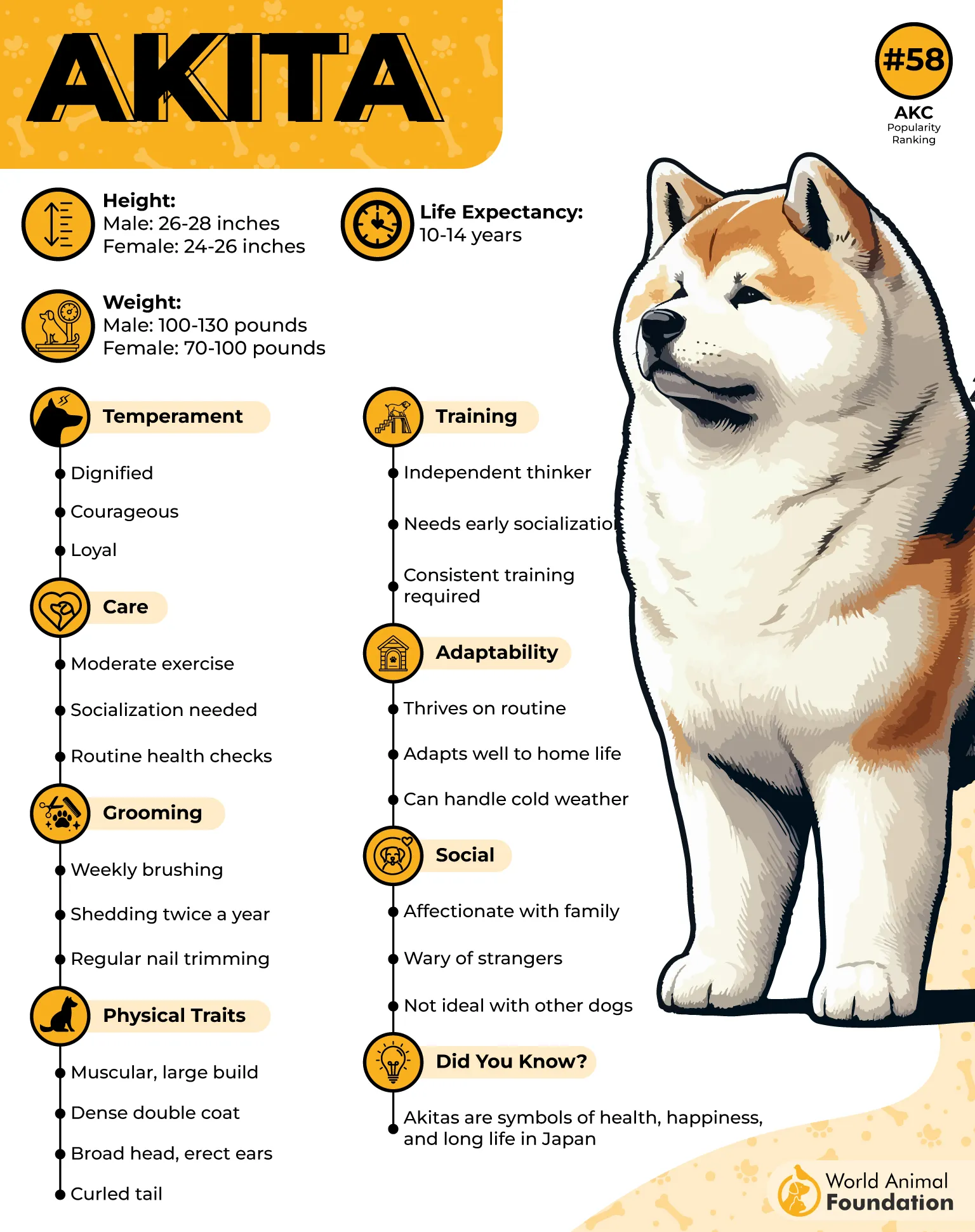
Strength: Sturdy and broad-shouldered guardian
Intelligence: Independent thinker with strong instincts
Loyalty: Deep, lifelong attachment to one family
Protective Instincts: Quietly territorial and fearless
Fun Fact: Akitas are a national treasure in Japan; the legendary dog Hachiko waited nine years at a train station for his deceased owner—a symbol of unwavering loyalty.
7. Cane Corso
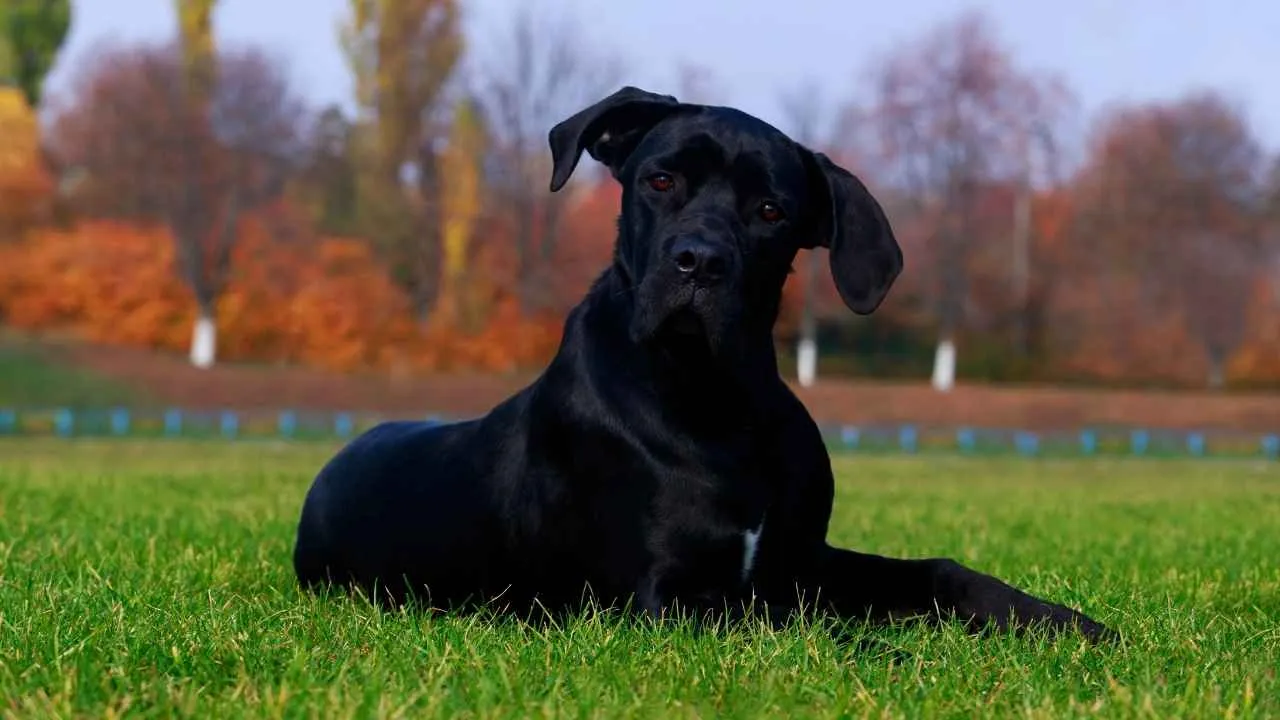
The Cane Corso approaches danger with deliberate dominance. It doesn’t overreact; instead, it assesses and waits for a clear signal before acting. This composure under stress is why it remains a favored guardian in both homes and estates.
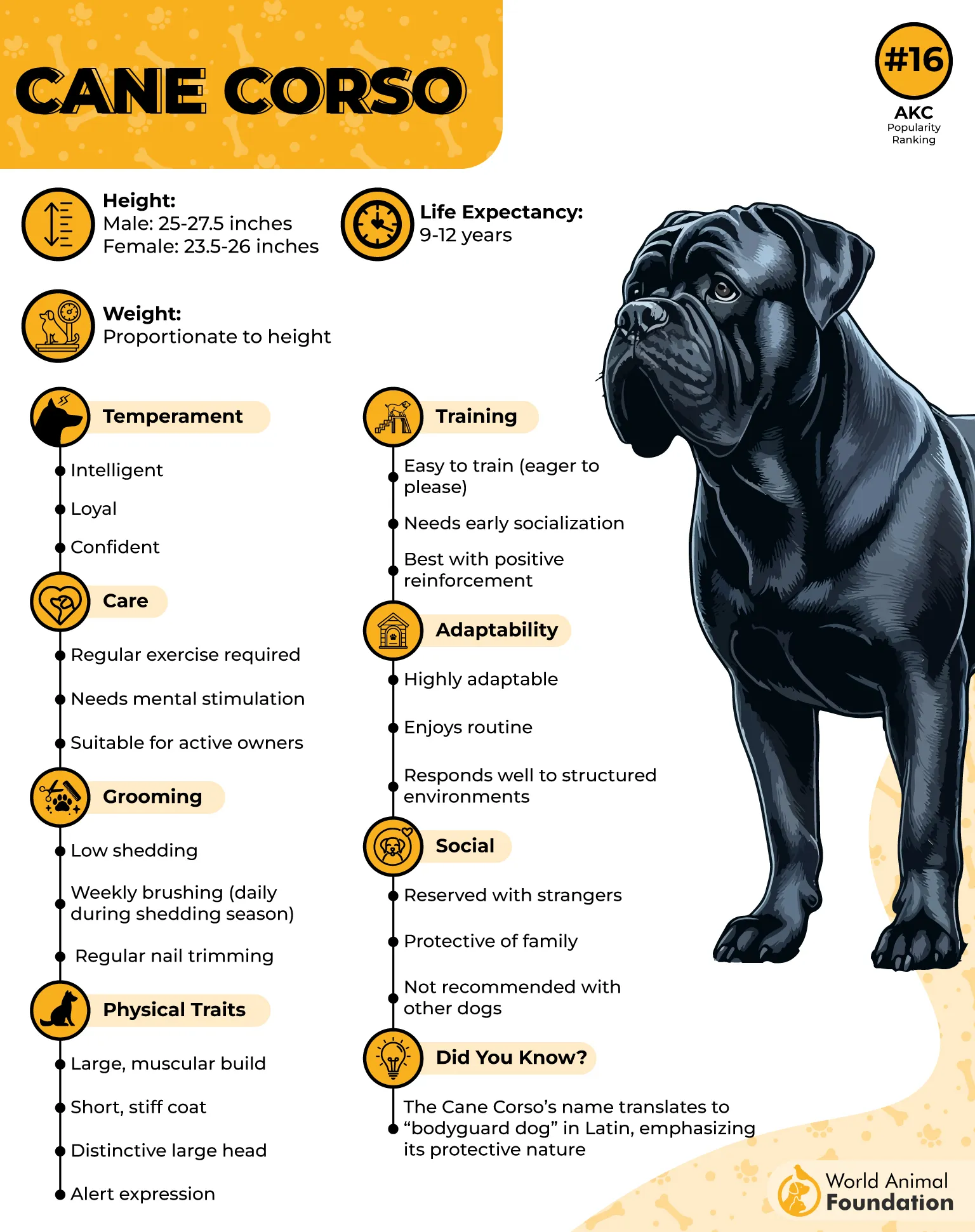
Training must emphasize social confidence and obedience from a young age. Consistent boundaries, leadership, and physical exercise are essential for maintaining their mental balance.
Strength: Massive, muscular frame with explosive force
Intelligence: Sharp mind and quick adaptability
Loyalty: Deeply bonded to its family’s safety
Protective Instincts: Naturally territorial yet stable
Fun Fact: The Cane Corso descends from Roman war dogs known as Canis Pugnax, once used in battle and later to guard Italian farms and livestock.
8. Giant Schnauzer
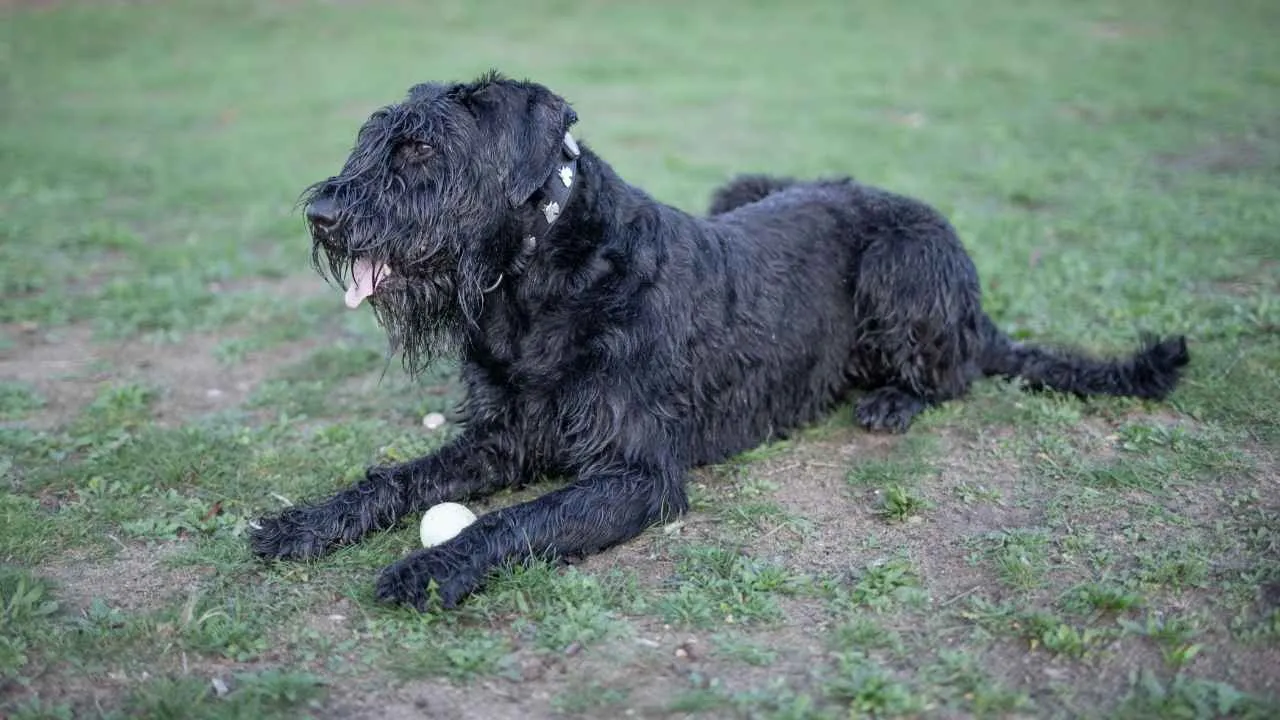
Strategic and perceptive, the Giant Schnauzer evaluates threats by observing patterns and behavior before reacting. Its assertiveness is paired with disciplined restraint, making it both a protector and a thinker.
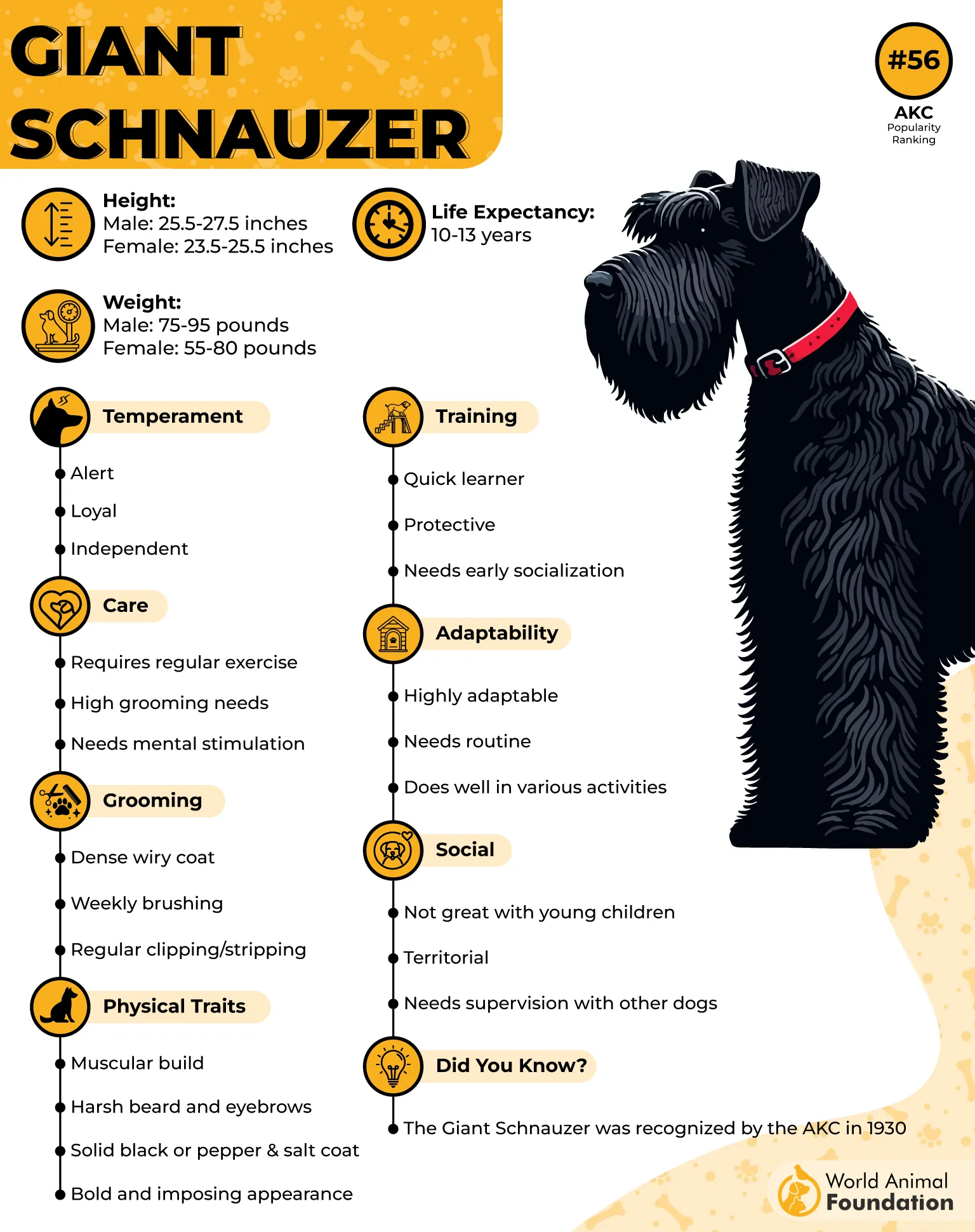
WebMD recommends that they need early, consistent obedience and mental challenges—agility training, scent tracking, and herding tasks keep them engaged. Boredom leads to stubbornness, so variety is vital.
Strength: Solid, muscular working build
Intelligence: Highly analytical, loves solving problems
Loyalty: Strong bond with owners, reserved with strangers
Protective Instincts: Natural vigilance and courage
Fun Fact: During World Wars I and II, Giant Schnauzers served as messenger and military guard dogs for Germany, valued for their discipline and reliability.
9. Boxer
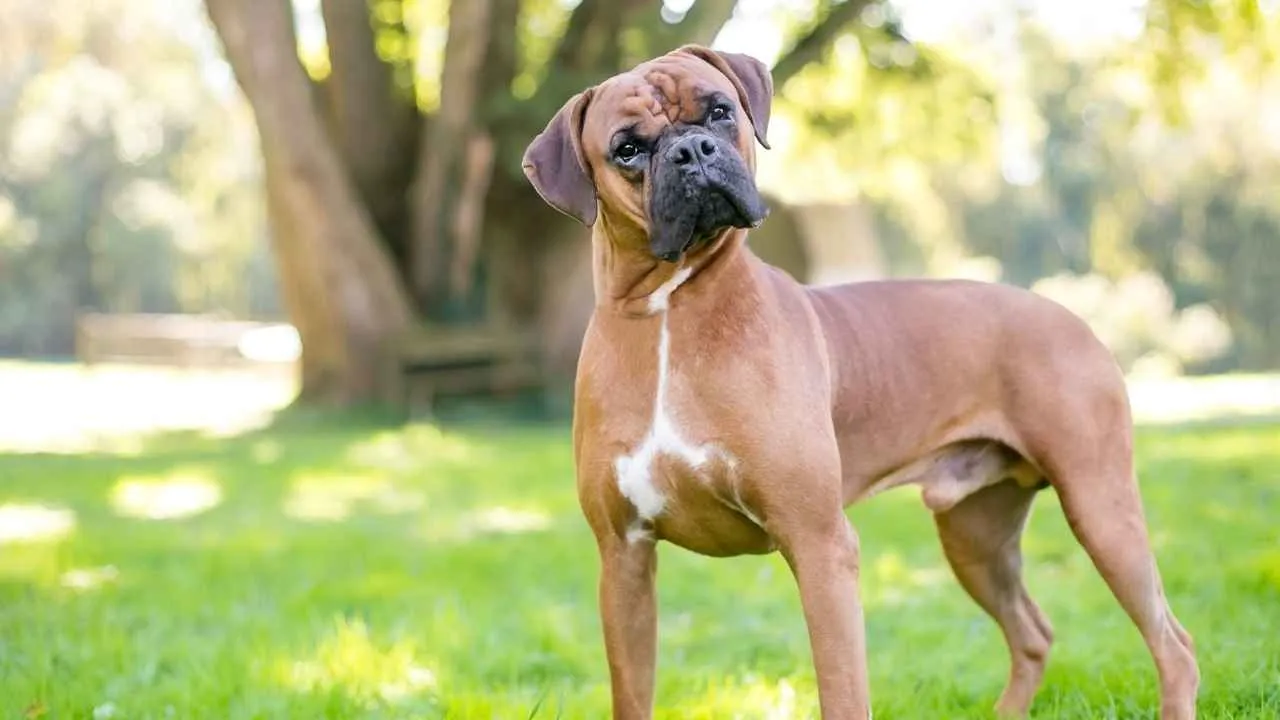
Energetic yet thoughtful, the Boxer balances playfulness with protectiveness. In tense situations, it reads human cues quickly, acting decisively when family safety is threatened. Its courage is matched by emotional intelligence.

Boxers respond best to positive, high-energy training sessions. They excel when routines blend obedience with play, reinforcing their joyful yet serious nature.
Strength: Compact, muscular, and athletic
Intelligence: Emotionally perceptive and quick to learn
Loyalty: Deep affection and unwavering devotion
Protective Instincts: Brave and naturally watchful
Fun Fact: The Boxer’s name originates from its distinctive front-paw play style—using its paws like a prizefighter when defending or playing.
FAQs
How do common guard dog breeds react when faced with a threat?
The best guard dogs stay calm and observant, assessing danger before acting. Their natural guarding instincts help them protect their family members without unnecessary aggression. With proper socialization, they respond with courage and control rather than fear.
Are certain guard dog breeds better for home protection than others?
Yes, some popular guard dog breeds are naturally more alert and confident. These protection dogs combine loyalty, intelligence, and courage—traits that make them reliable for families and pet owners alike. The key lies in consistent guard dog training and trust-building.
What traits make a guard dog breed stand out under testing situations?
A great guard dog shows discipline, confidence, and quick decision-making. They rely on natural instinct, awareness, and mental and physical stimulation to stay focused. Their protective nature and composure make them dependable in real-life challenges.
Conclusion
Guard dogs aren’t just protectors—they’re loyal companions with big hearts and sharp instincts. With proper training and socialization, these protective dog breeds become calm, confident, and great family pets.
While we focused on nine breeds, others like the Tibetan Mastiff, Rhodesian Ridgeback, Anatolian Shepherd, and Great Dane also shine as excellent guard dogs known for their strength and devotion.
Whether you’re looking for a gentle giant or an alert breed to watch over your home, remember—every loyal dog with natural protective instincts just needs guidance, love, and basic obedience training to stand tall when tested.


